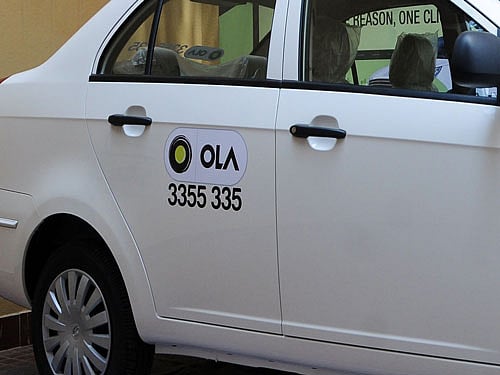
The cab aggregators, Ola and Uber and others, will now get licence to operate as aggregator taxis only if they register under the Motor Vehicles (MV) Act, 1988.
So far, the aggregators had not registered under the Act and were deploying their cabs under state and luxury permits, which were not the right permits under which the taxis could operate. The protection of the public is ensured by the Act, because now they can be sure that there is a definite law under which the aggregators have secured permits. This avoids the problem of fake taxis too.
The other big relief from the new guidelines (which have come into effect from April 2) is that passengers will not be subject to surge-peak hour pricing. A senior RTO official said: “According to the MV Act, rates are fixed by the government for all aggregators licensed to operate. The maximum per-km fare will be Rs 19.50 for AC cabs and Rs 14.50 for non-AC ones.”
Taxis will not be allowed to charge more during peak hours. But the operators can certainly lower tariff to gain a competitive edge. However, services offered at the lower end of the spectrum, priced between Rs 6 and Rs 13, can be offered at higher rates provided they don’t cross Rs 19.50 and Rs 14.50 respectively.
Under the new guidelines, there can be no dead mileage charges (when the vehicle is empty for a while after dropping the commuter) in the guise of ride-time charges. There is no minimum fare, which could be around Rs 50-Rs 100 in the case of some aggregators. However, passengers will have to pay service tax.
The aggregators must check drivers’ antecedents from the police and not employ any person who may have been convicted in the past seven years for driving under the influence of drugs/alcohol or under a CrPC section. GPS/GPRS systems are compulsory, control rooms are a must and a system through which a panic button pressed by the passenger can alert the police is mandatory. The norms are applicable only to aggregators operating cabs, not autorickshaws and two-wheelers. An aggregator must have at least 100 taxis in the fleet to apply for licence, vehicles must have contract carriage permits, display boards with driver and vehicle details. A yellow display board with TAXI written on it is mandatory.
